
Miami Art Reviews 2015
photo by Ana Bikic Written By
William Mark Coulthard and Ana Bikic Photos by Ana Bikic
edited by Alexander Felix Coulthard
On Sunday I went to visit the Miami Marine Stadium on Virginia Key, Biscayne Bay’s iconic concrete bleacher has withstood neglect to shine as a blaring example of how Miami seems to just loose out on obvious opportunities.
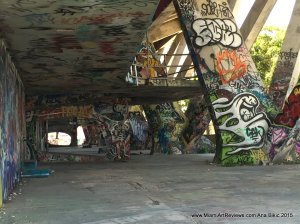
Miami Art Reviews 2015
photo by Ana Bikic
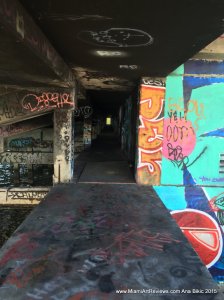
Miami Art Reviews 2015
photo by Ana Bikic
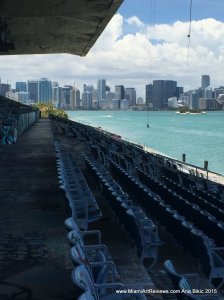
Miami Art Reviews 2015
photo by Ana Bikic
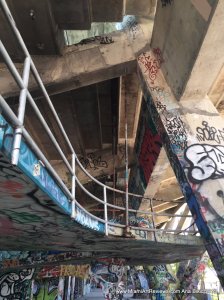
Miami Art Reviews 2015
photo by Ana Bikic

Miami Art Reviews 2015
photo by Ana Bikic
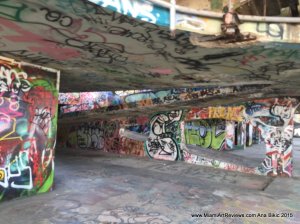
Miami Art Reviews 2015
photo by Ana Bikic
The most recent issue to the Marine Stadium story is the clumsy manner in which the beach clearance was handled, whilst many are glad to see Australian Pine and Brazilian Pepper be eliminated from the shoreline around the stadium.
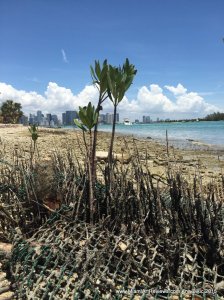
City of Miami blames contractor in Marine Stadium mangrove destruction.
The loss of thousands of indigenous shoots that have sprouted is another example of the lack of knowledge on the ground shown by crew leaders and un-creative management to handle local concerns. I was alerted to this by fellow environmentalist and Virginia Key activist Blanca Mesa, who I’ve known for many years through the Urban Environment League of Miami and I have to agree with her that our responsibility to doing things the right way, although often more arduous, harvests better results. Perhaps another consideration is the numerous colorful sponge corals’ plight I found in the tidal wash under the stadium. Nature has this wonderful way of tagging along, marine creatures and pioneer organisms quietly attach themselves to our forgotten remnants and in turn are blamed for symbolizing ruin.
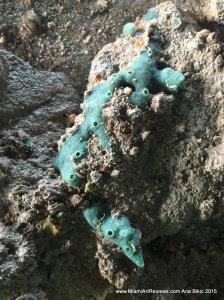
Virginia Key Sanctuary by the Miami Marine Stadium
Miami Art Reviews 2015
photo by Ana Bikic
The Bay biosphere is under tremendous stress from human activity this year with the dredging, broken sewer lines and invasive species causing local fauna die offs. Many marvel at the beautiful turquoise waters after the Core has barged by, I lament the color to a choking death of the Bay water’s creatures. This circumvention of standard safe torpidity levels would never have been allowed ten years ago, but thanks to some fancy legal footwork development companies and other corporations have sullied any environmental suits. Thus setting a dismal precedence for other bay area projects around the State. Yes we can replant mangroves between the boat slips and design mooring pillars to attract shell life whilst hosting an International boat show but unless the obvious is put to priority everything else we try to do just comes off as contrived, self-invested and ridiculous.
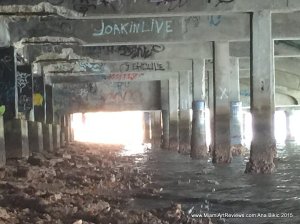
Below the Miami Marine Stadium photo by Ana Bikic
http://www.artreviewmiami.com
The environment matters, the immediate restorative issues need practical attention and finally a conservative and viable economic plan for growth of the Stadium and surrounding enterprises should be quickly agreed upon. To encourage further important architectural work and Miami landmarks in the future, we should emphasize the value of this unique marine stadium.
Finally I have to address the issue of free shore line access to the public. Biscayne Bay is our playground, we abide by mooring and channel guides while attempting to maintain the Bay’s enviromental health.The State laws governing accessibility should never be altered like the water torpidity levels were, the waters are our refuge from urban life, they let us explore and discover ourselves each weekend by marveling at nature’s omnipotence. The pursuit of happiness I experienced many years ago was a Sunday afternoon listening to a floating live band under the flying bridge concrete canopy of the Marine Stadium. If Miami does this right, it will encourage others to stay and contribute their creativity to our city.
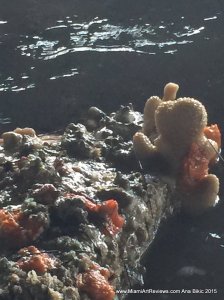
Below the Miami Marine Stadium photo by Ana Bikic
To reiterate ; prohibiting people from visiting an internationally renown structure, with its curious graffiti-ed decoration is not only ignorant but also shortsighted.
Why the Friends of the Marine Stadium have not succeeded in raising enough financial support is symptomatic of a banking and investment industry not willing to venture to a commoners’ pursuit. If the Boat show garners more attention for the Bay, don’t be surprised if the guards double in numbers to deter the Stadium’s curious admirers and our shoreline visits restricted to mask an unwanted compromise designed with excess instead of access.
Written By
William Mark Coulthard and Ana Bikic Photos by Ana Bikic
Edited by Alexander Felix Coulthard

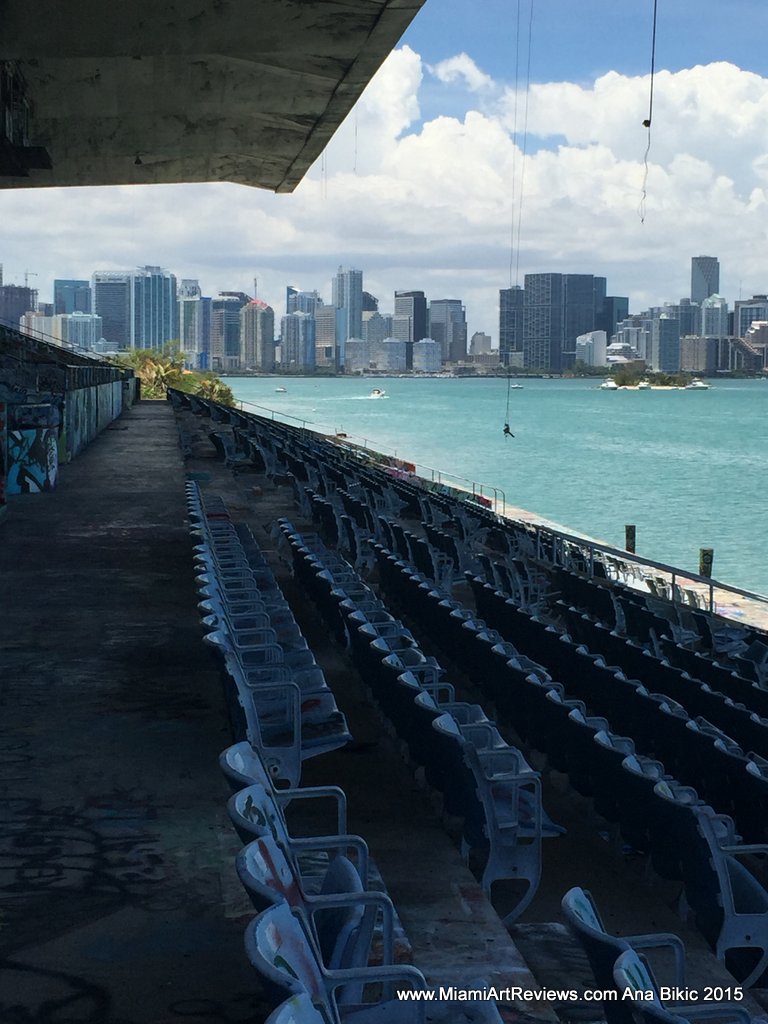
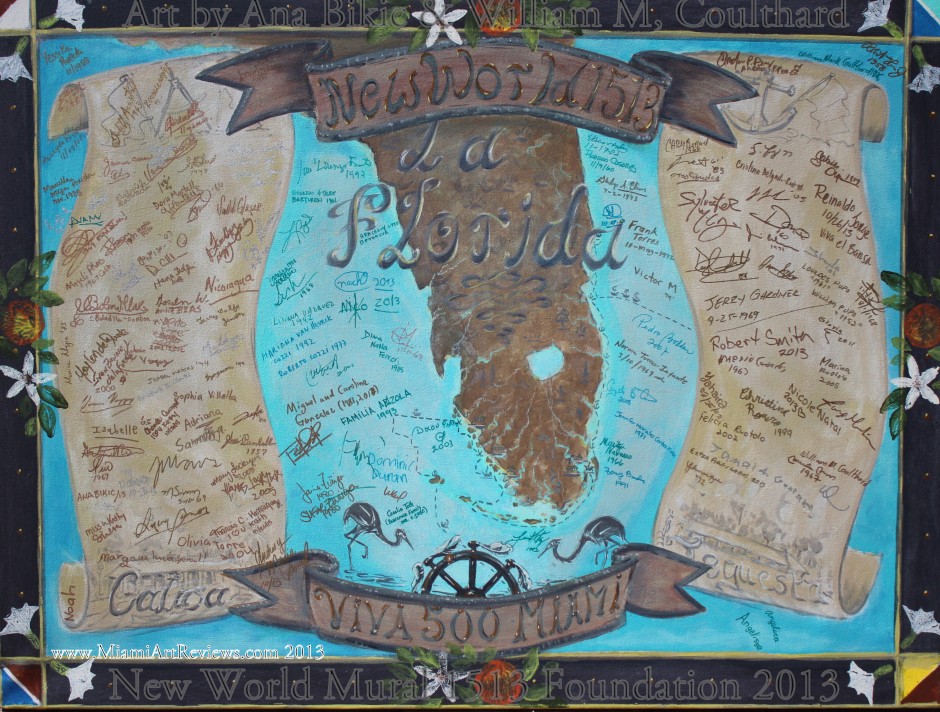
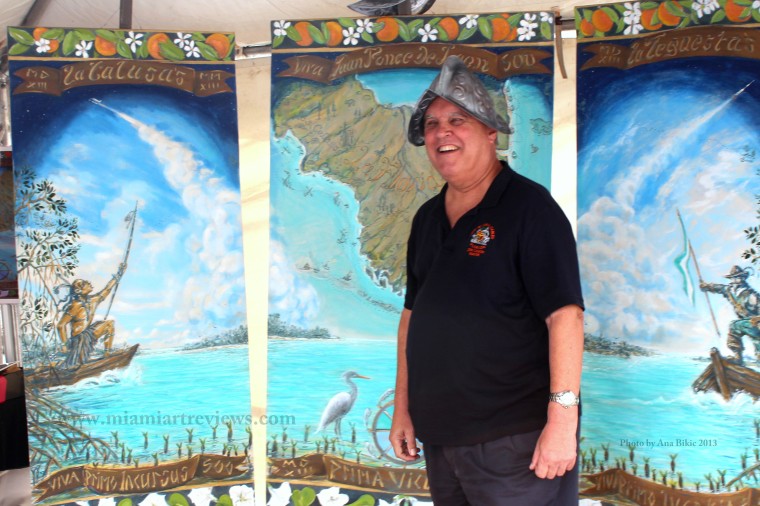
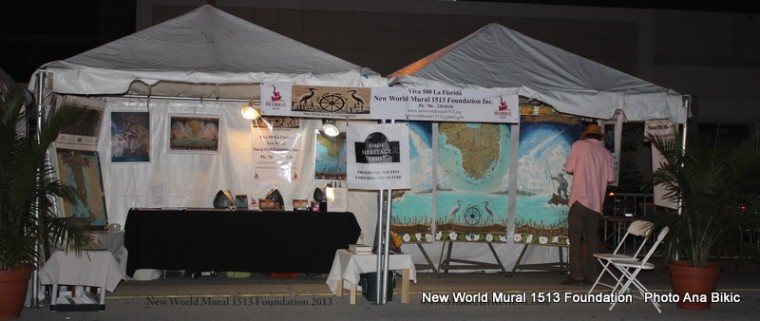
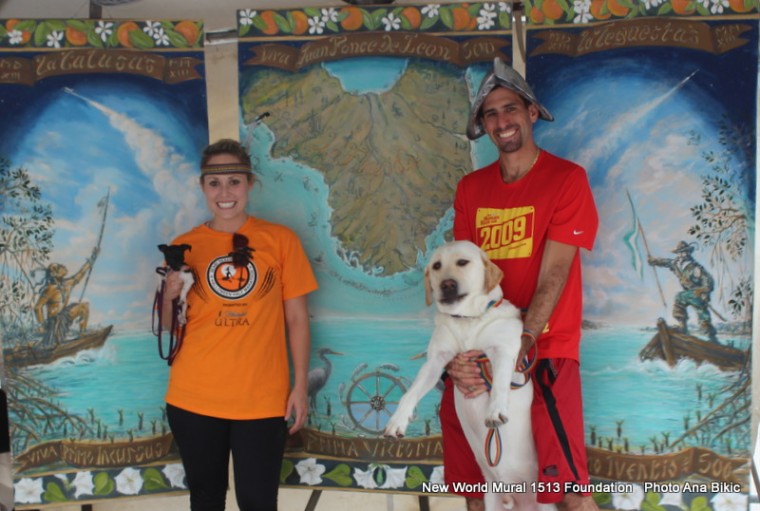
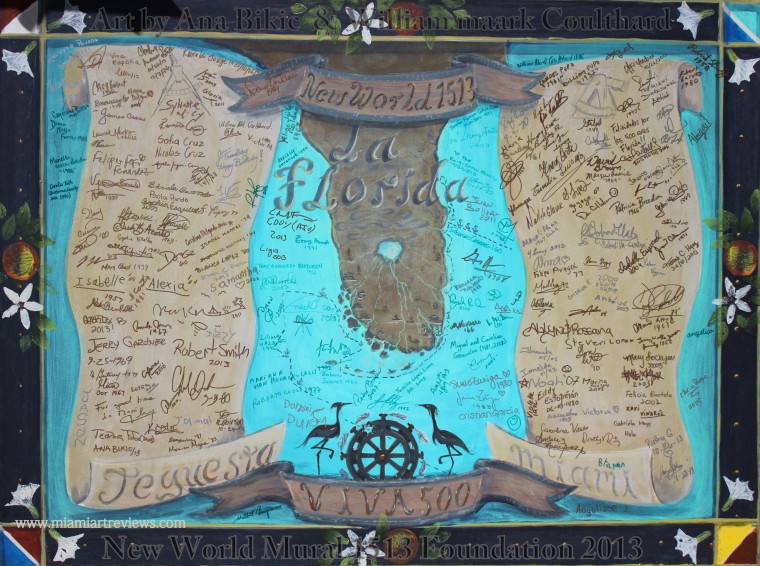
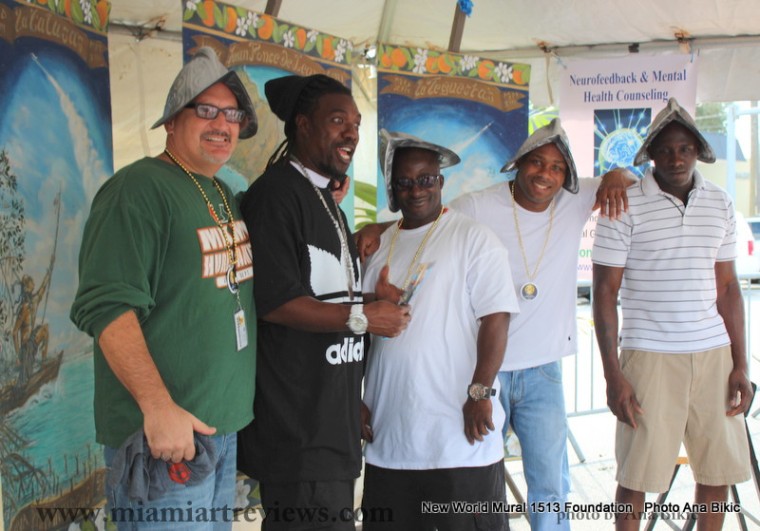

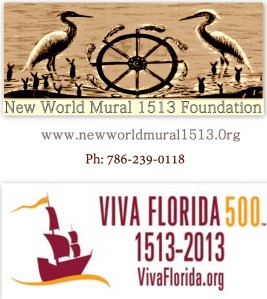
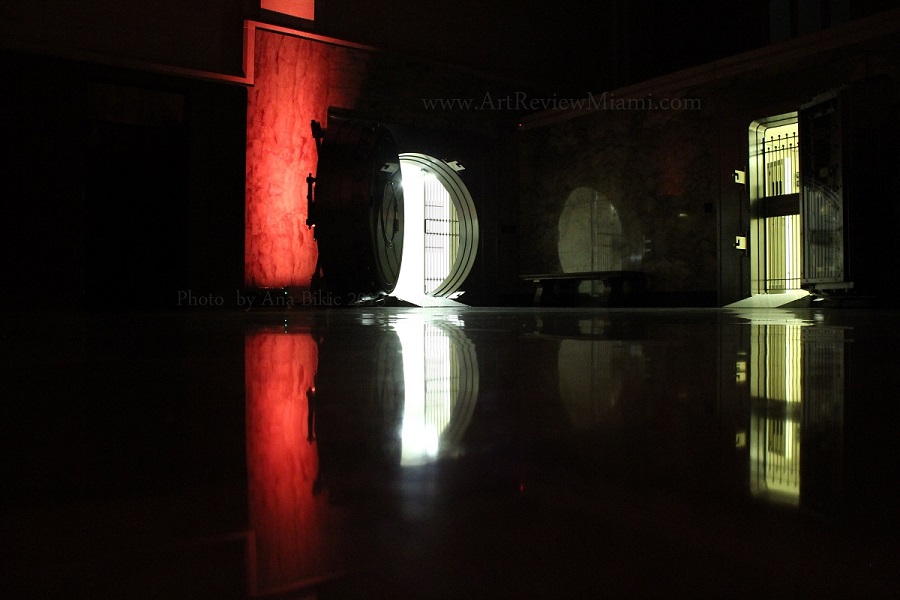
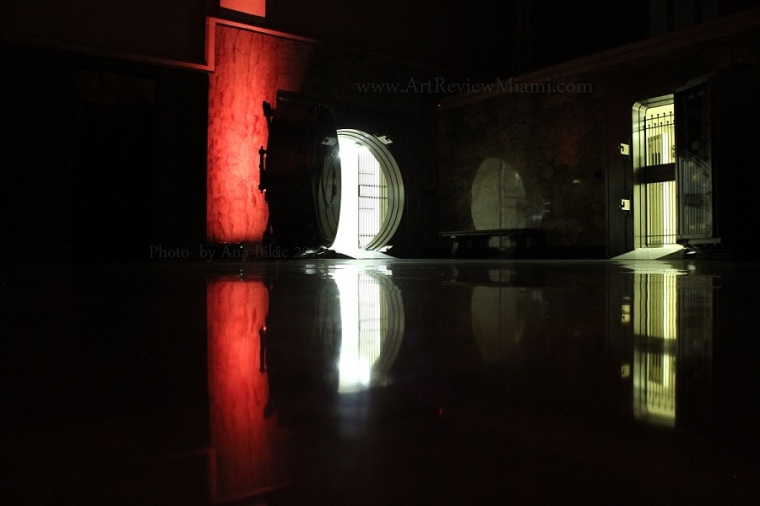

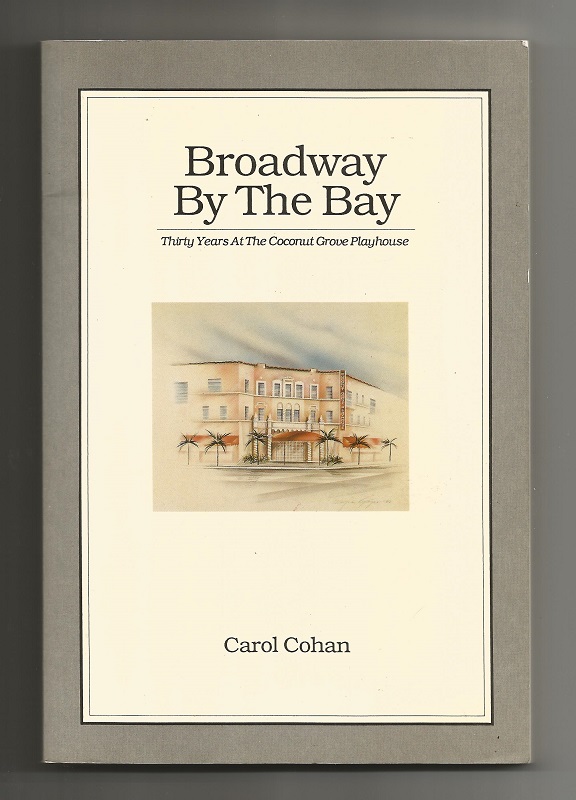
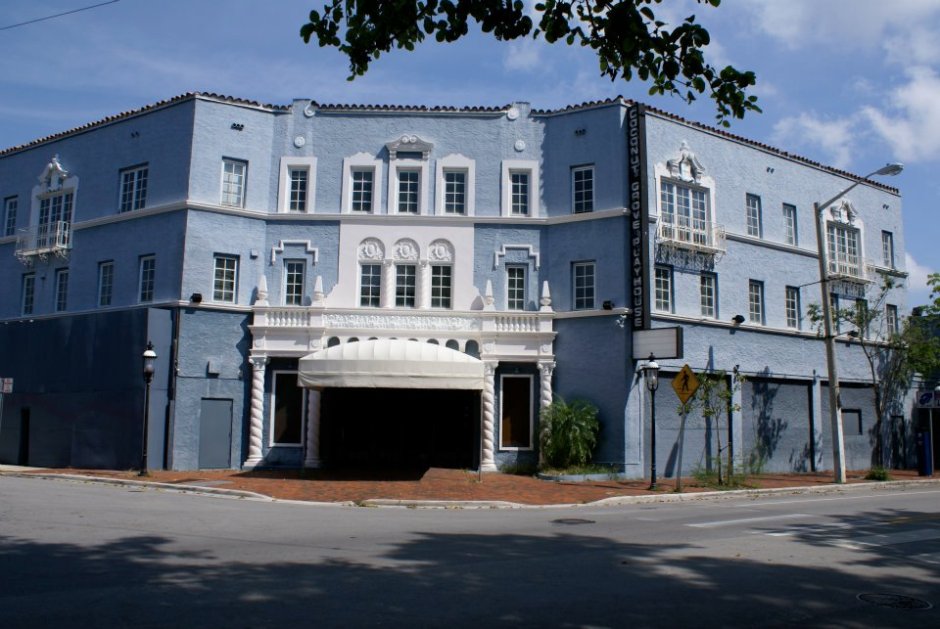
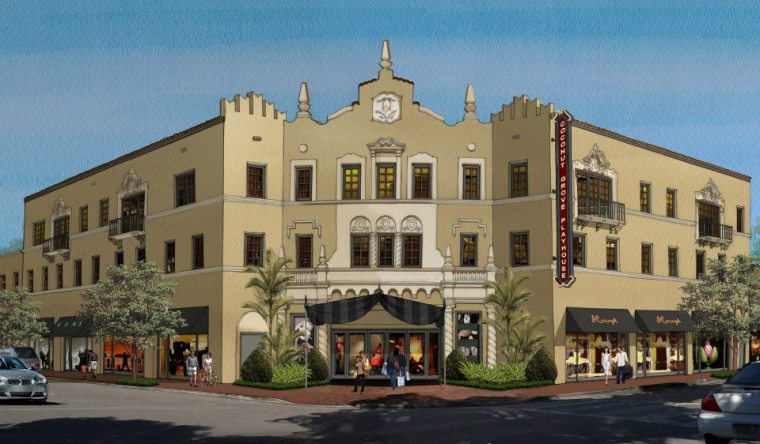
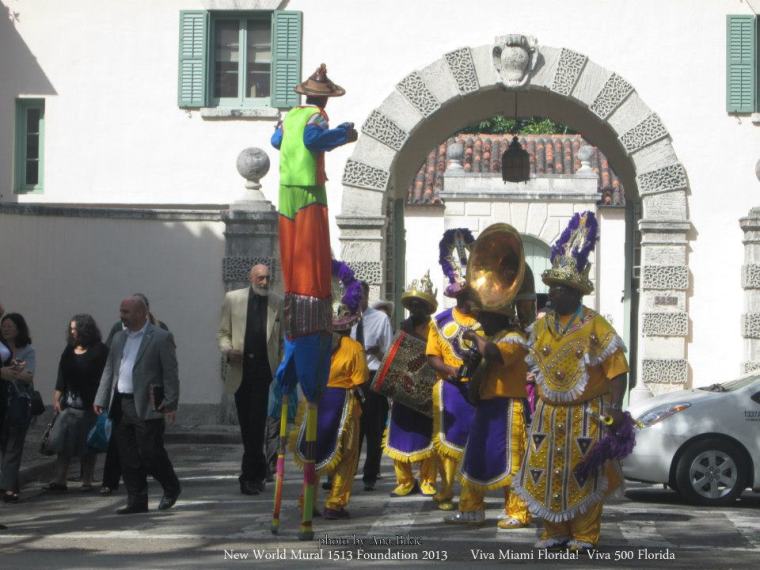

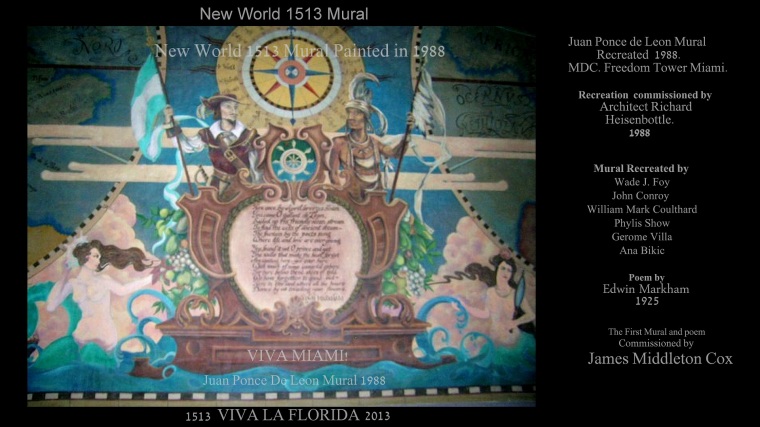
You must be logged in to post a comment.